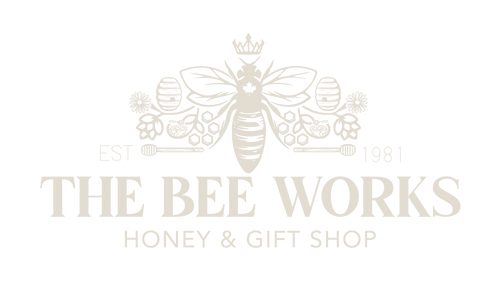The Queen Bee: The Heart of the Hive
Did you know that within the intricate social structure of a beehive, the queen bee holds a pivotal role? 🐝👑 As the sole egg-layer, she ensures the hive's continuity by laying up to 2,000 eggs a day during peak seasons! Her role is nothing short of extraordinary, and understanding her importance offers a glimpse into the fascinating world of bees.
The Life and Duties of the Queen Bee
The queen bee's journey begins in a specially prepared cell within the hive. From the moment she emerges, her life is dedicated to the hive's growth and stability. Here’s how she fulfills her critical role:
Egg Laying
The queen bee is the hive's sole egg-layer. During peak seasons, she can lay an astonishing 2,000 eggs a day. This prolific egg-laying is essential for maintaining the hive's population, ensuring there are always enough worker bees to forage for food, care for the young, and defend the hive.
Pheromone Production
Beyond laying eggs, the queen bee produces unique pheromones that regulate hive behavior. These chemical signals are crucial for maintaining order and harmony within the hive. The queen’s pheromones inhibit the development of ovaries in worker bees, ensuring that she remains the sole reproductive individual in the hive. They also help to coordinate activities such as foraging, brood care, and hive defense.
The Queen's Succession
A queen bee's reign doesn't last forever. When the time comes to raise a new queen, the hive goes into action. The process of selecting and nurturing a successor is meticulous:
-
Selection of Larvae: Worker bees select a few larvae to be potential queens. These larvae are fed a special diet of royal jelly, a nutrient-rich substance that triggers their development into queens.
-
Emergence of New Queens: Once the new queens emerge, they may fight until only one remains, ready to take over the role.
-
Mating Flight: The new queen takes a mating flight, during which she mates with multiple drones. This ensures she has enough stored sperm to fertilize eggs throughout her life.
-
Taking Over: Once mated, the new queen returns to the hive and begins her role as the egg-layer, continuing the cycle of life within the hive.
Long Live the Queen!
The queen bee’s role is vital to the health and survival of the hive. Without her, the hive would quickly dwindle and fail. Her ability to lay thousands of eggs and produce pheromones that regulate hive activity underscores her importance. The hive's process of raising a new queen when needed ensures the continuity and resilience of the colony.
Next time you enjoy a spoonful of honey or see bees buzzing around flowers, remember the queen bee and her remarkable contributions to the hive's intricate and efficient society. Long live the queen! 🍯
